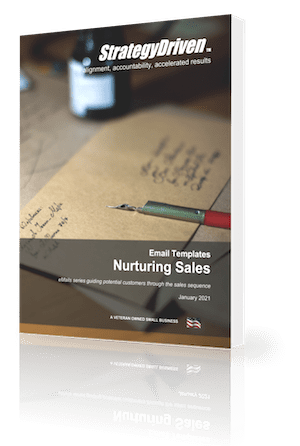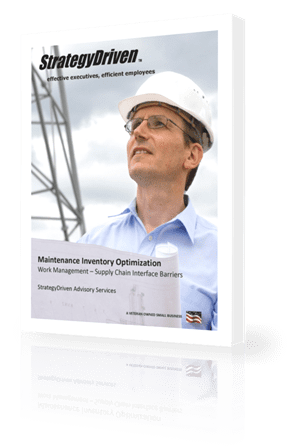Steps Along the Buying Decision Path
As sellers we are taught to find prospects with a need that matches our solution and then find creative, professional ways to pitch, present, entice, push, market, or somehow introduce our solution to enable them to understand how our solutions will fix their problem.
Unfortunately, we fail to close over 90% of the time (from first contact) regardless of how well their need matches our solution. And it’s not because of our solutions, our presentations/pitches, or our professionalism. It’s because the sales model does not include the skills to facilitate the larger part of buying decisions – those idiosyncratic, behind-the-scenes, change-management-driven processes that are private and we can’t be part of. Yet until they go through this process and walk through each stage of decision making and change management they cannot buy. They will do this with us, or without us. It takes much longer without us, hence a protracted buying decision and closed sale.
Facilitating Change Is Not Selling
I’ve spent the last few decades coding and designing new tools to help sellers facilitate the pre-sales decision path that buyers go through without us. Using Buying Facilitation® with sales, sellers get onto the Buying Decision Team, facilitate the time to decision making/close, and eschew competition. Here are the steps I’ve discovered are what buyers – all change – need to address. As you read them, note that facilitating change includes some unique skill sets (Listening for Systems, formulating Facilitative Questions/Presumptive Summaries, etc.), goals, and outcomes. Remember to ask yourself: do you want to sell? Or have someone buy? They are two different activities, necessitating two distinct skill sets. Sales merely handles one of them.
- Idea stage. Fred has an idea that something needs to change.
- Fred discusses his idea with colleagues.
- Fred invites colleagues to meet and discuss the problem, bring ideas from online research, consider who to include, possible fixes, and fallout. Groups formed.
- Consideration stage. Group meets to discuss findings: how to fix the problem with known resources, whether to create a workaround using internal fixes or seek an external solution. Discuss the type/amount of fallout from each.
- Organization stage. Fred apportions responsibilities, or hands over to others.
- Change Management stage. Meeting to discuss options and fallout. Determine
- if more research is necessary (and who will do it),
- if all appropriate people are involved (and who to include),
- if all elements of the problem and solution are included (and what to add),
- the level of disruption and change to address depending on type of solution chosen (and how to manage change),
- the pros/cons of external solution vs current vendor vs workaround.
- Add needs, ideas, issues of new members; incorporate change considerations.
- Everyone researches their portion of the solution fix (online research—webinars, etc., call current vendors or new vendors etc.). Discussions include managing resultant change.
- Consensus stage. Buying Decision Team members meet to share research and determine the type of solution, fallout, possibilities, problems, considerations in re management, policies, job descriptions, HR issues, etc. Buy-in and consensus necessary.
- Choice stage. Action responsibilities apportioned including discussions/meetings with people, companies, teams who might provide solutions.
- Meet to discuss choices and the fallout/ benefits of each.
- New solution chosen. Change management issues incorporated with solution choice.
- New solution implemented.
The sales model handles steps 10-13. Marketing, marketing automation, and social marketing may be involved in steps 3 and 8, although it’s not clear then if the decision to choose an external solution has been made, the full fact pattern of ‘needs’ has been determined, or if the appropriate decision makers and influencers are included. Buyers muddle through this but we can enter earlier to help by adding new skills of facilitation.
I started up a tech company in London 1983-89 and developed Buying Facilitation® to teach my sales folks to navigate buyers through their decision path, change management, and buy-in BEFORE they began selling. We increased sales 5x within a month. I’ve been teaching this model (and coaching and consulting) since 1989 with similar results.
My book Dirty Little Secrets: Why buyers can’t buy and sellers can’t sell and what you can do about it discusses these steps and how Buying Facilitation® can work with sales and marketing to enter the buy path earlier. Note: adding the above stages to typical sales/marketing thinking, outcomes, and skills, will not benefit either sellers or buyers. This model is solely for the benfit of the buyer. It’s truly a change management skill that makes a seller a real consultant, and needs/solutions are irrelevant until buyers understand how any change will affect their status quo. Read the book :)
About the Author













Leave a Reply
Want to join the discussion?Feel free to contribute!